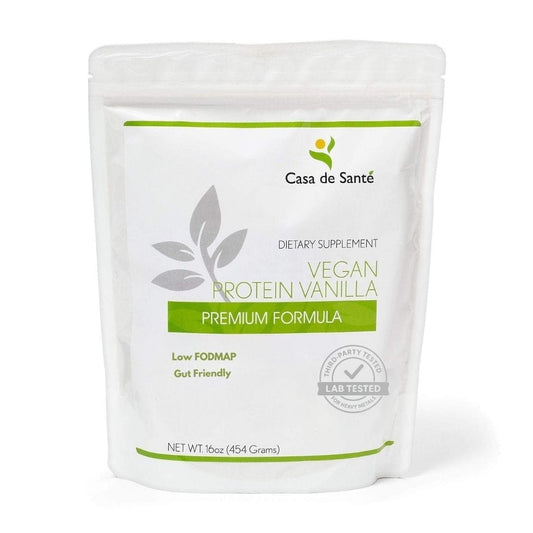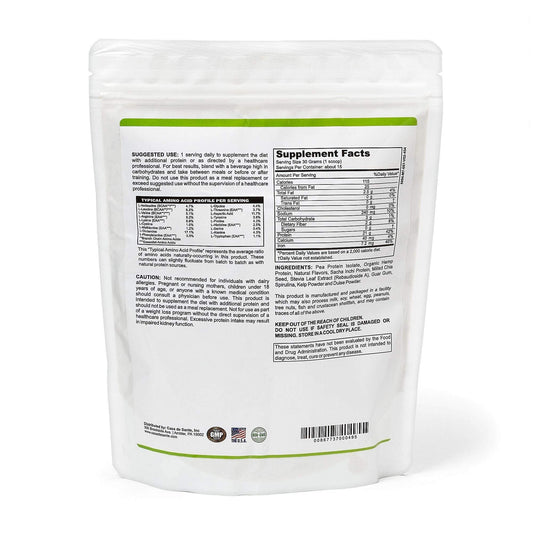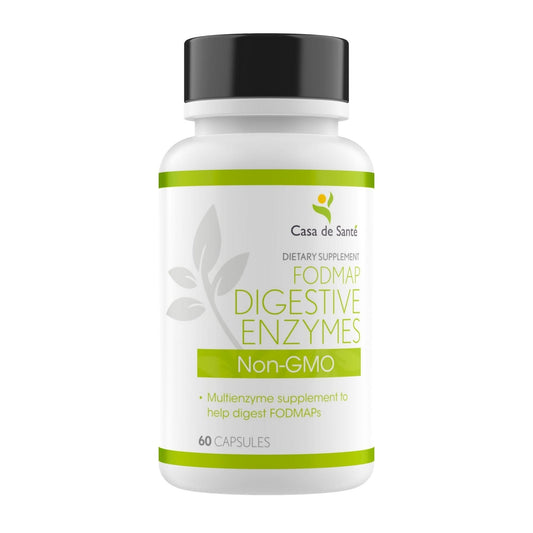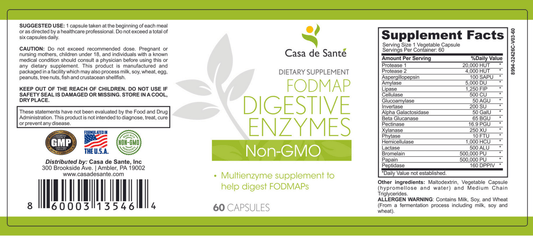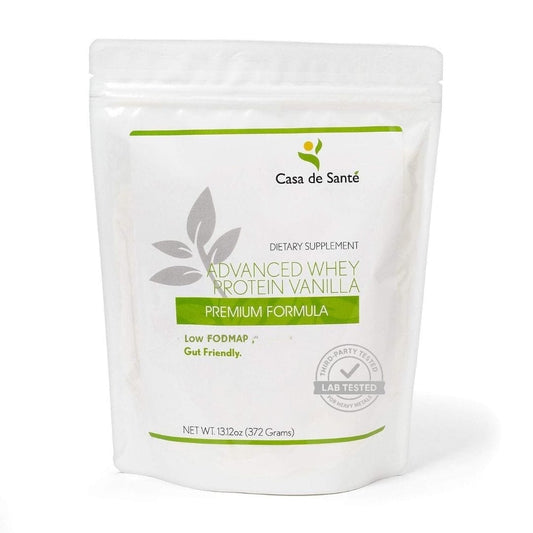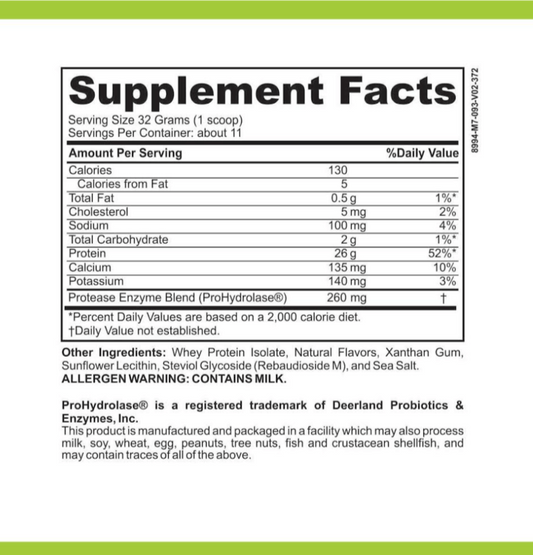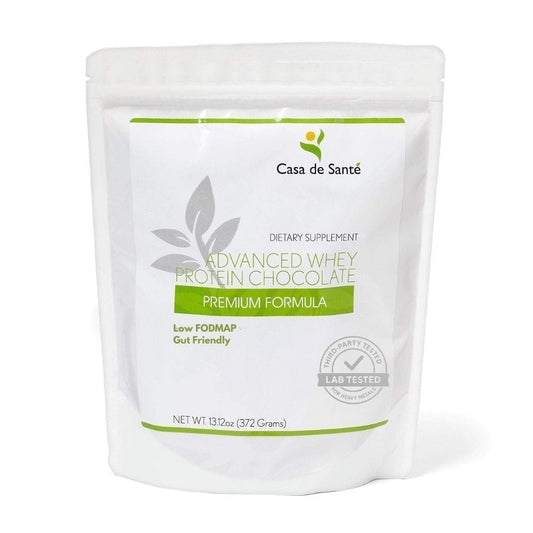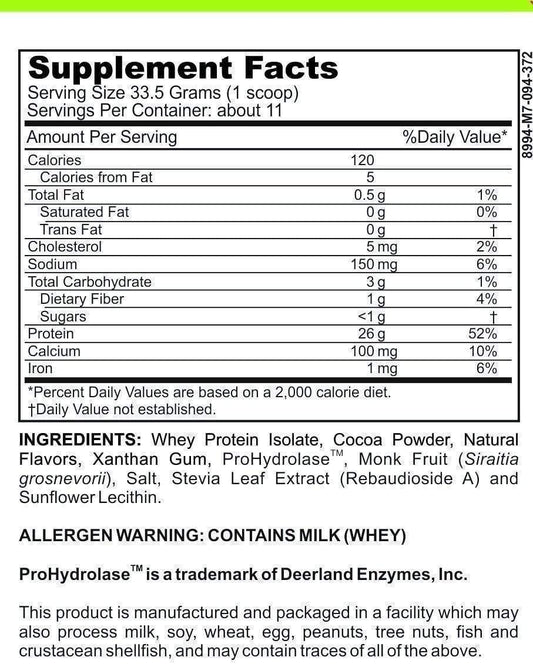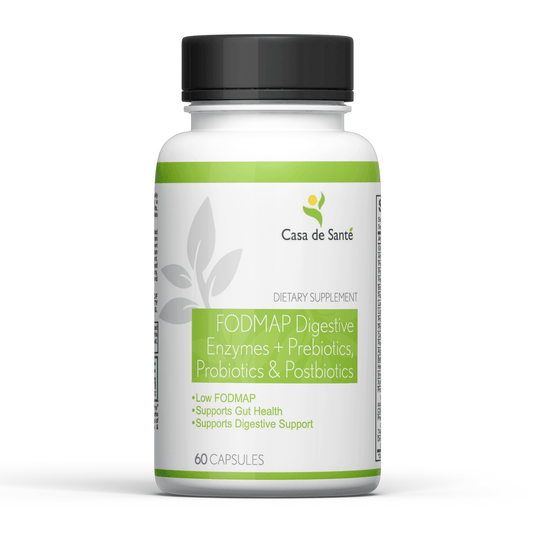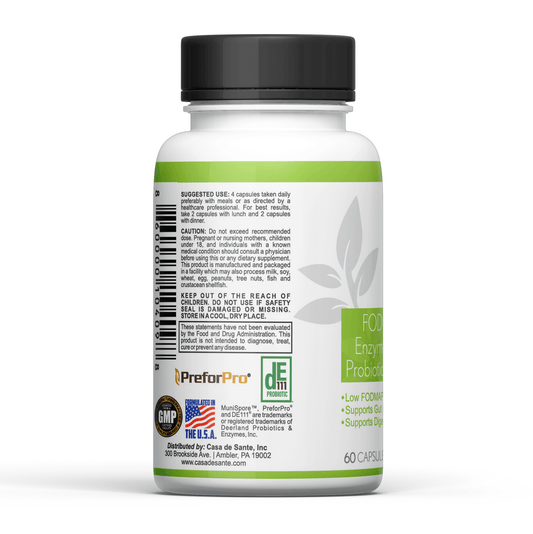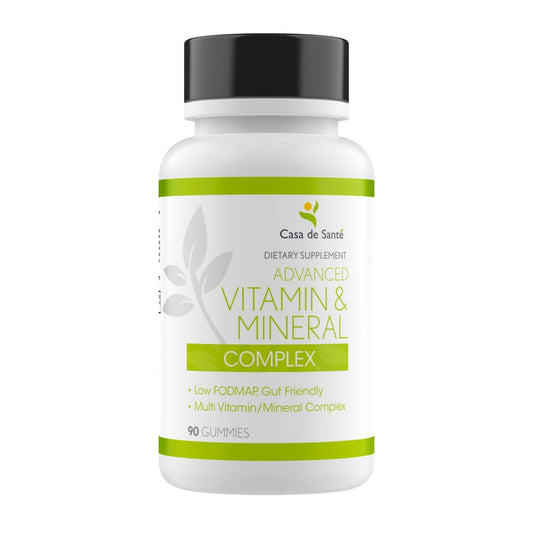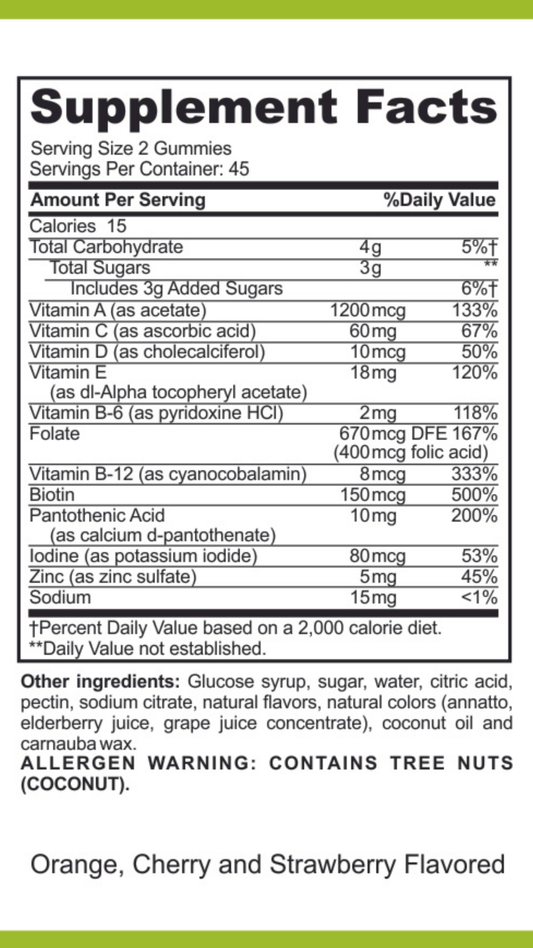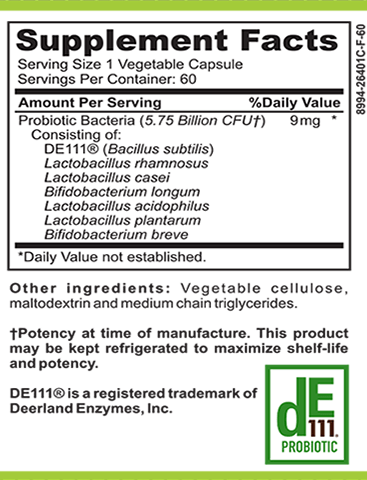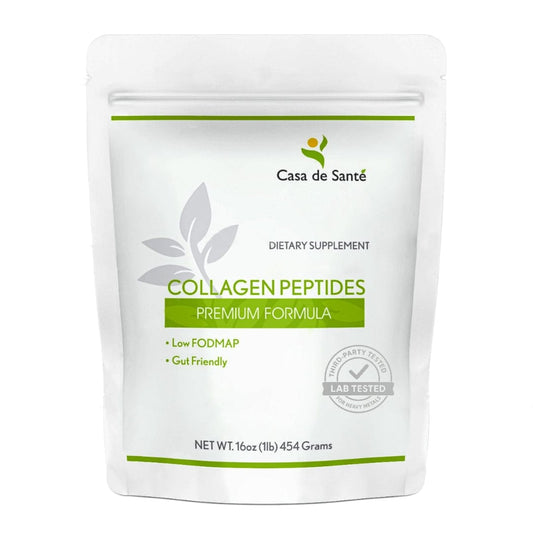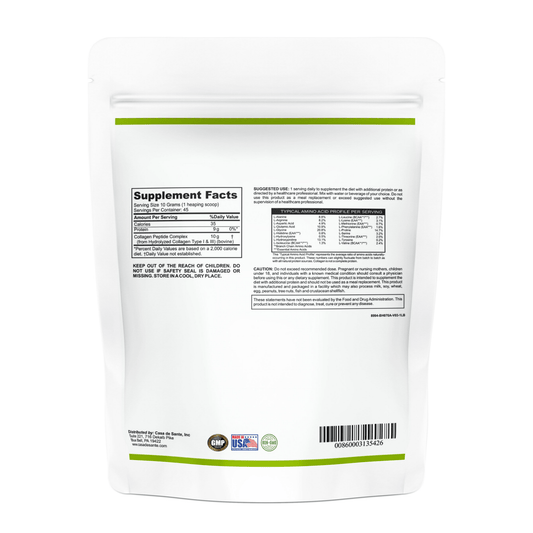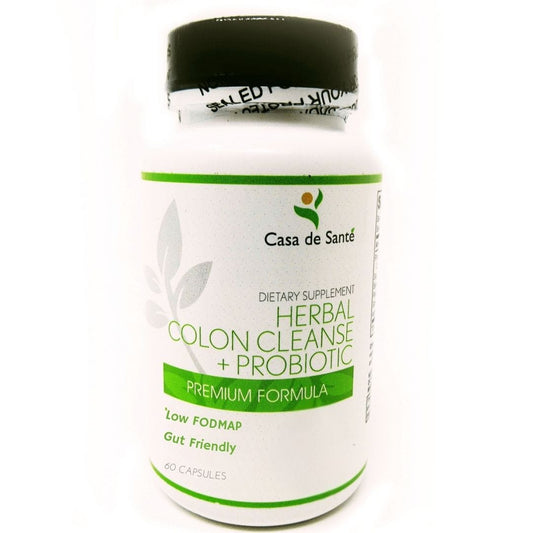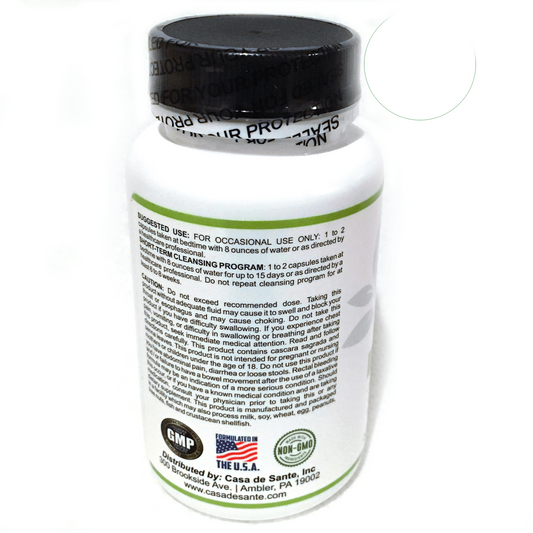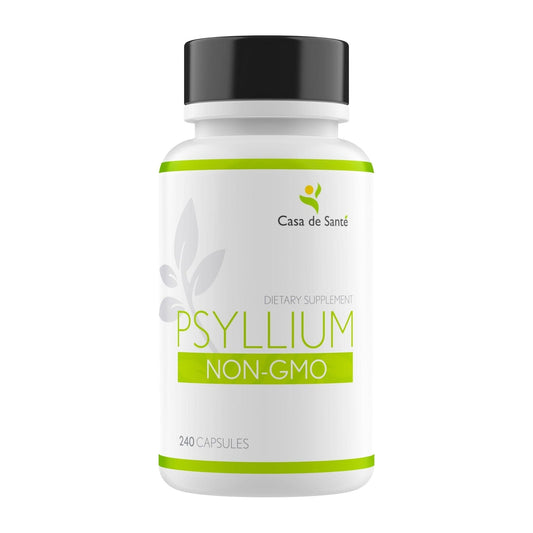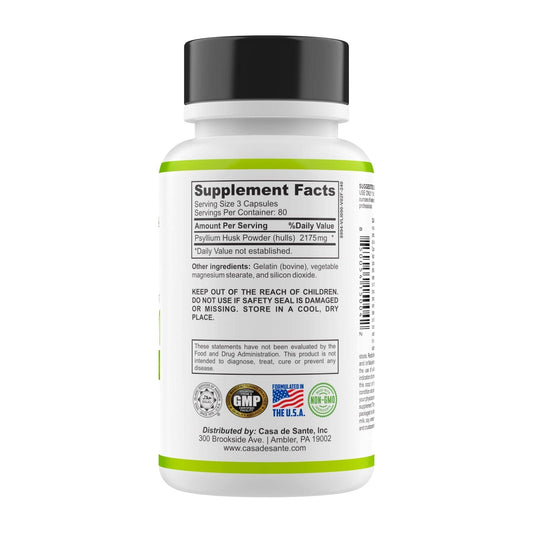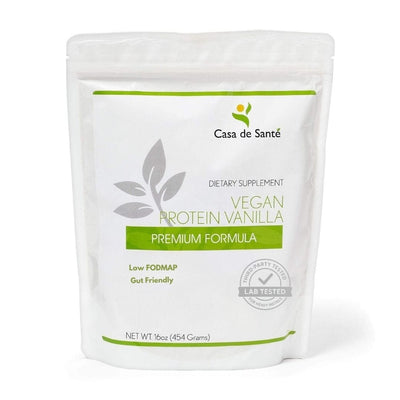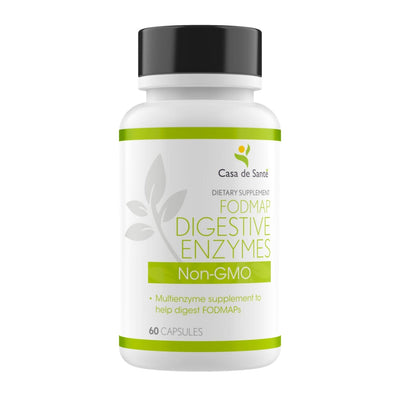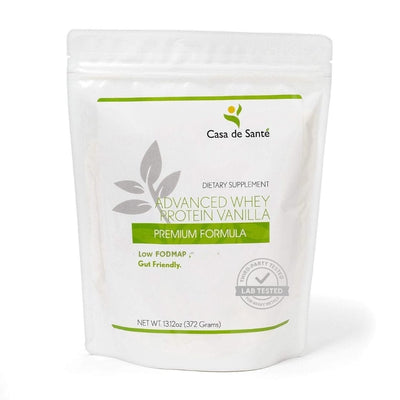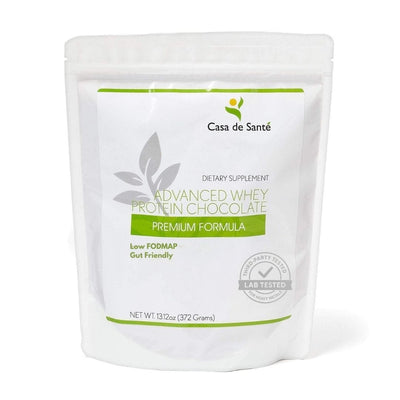How Do You Make a POTS Flare Up Go Away? Effective Strategies for Relief
Dealing with POTS (Postural Orthostatic Tachycardia Syndrome) flare-ups can be tough. When symptoms hit, it can feel overwhelming and frustrating. But there are ways to manage the situation and find some relief. In this article, we'll explore effective strategies to help you answer the question: how do you make a POTS flare up go away? From understanding your triggers to implementing coping techniques, we've got you covered.
Key Takeaways
- Keep track of your symptoms and triggers with a diary.
- Stay cool: use fans, air conditioning, and cooling vests to manage temperature.
- Hydrate well and consider increasing your salt intake during flare-ups.
- Have a go bag ready with essentials for when symptoms strike unexpectedly.
- Seek support from healthcare providers and consider counseling for emotional well-being.
Understanding POTS Flare-Ups

POTS flare-ups can be really disruptive, throwing your day completely off course. It's like you're managing okay, and then BAM! Symptoms hit hard. Understanding what's going on is the first step to getting some control back. It's not just about knowing you have POTS, but really digging into what makes it tick for you.
What Triggers POTS Symptoms?
Okay, so what sets off these flare-ups? It's different for everyone, which is honestly the frustrating part. For some, it's heat. For others, it's standing for too long. And sometimes, it feels like it's just...random. Common triggers include:
- Dehydration
- Stress (both physical and emotional)
- Infections or illnesses
- Menstrual cycles (for those who experience them)
- Certain foods or drinks
Keeping a log can really help. Note down what you were doing, eating, or feeling before a flare-up hits. Over time, you might start to see patterns. It's like detective work, but for your own body. Once you know your triggers, you can start planning ways to avoid them or at least lessen their impact. For example, if heat is a trigger, you might want to invest in some cooling vests for those summer months.
Common Symptoms of POTS
The symptoms of POTS are all over the place, which is why it can be so hard to diagnose. The hallmark symptom is a significant increase in heart rate upon standing, but there's a whole laundry list of other things that can happen, including:
- Dizziness or lightheadedness
- Brain fog (feeling confused or having trouble concentrating)
- Fatigue (extreme tiredness)
- Headaches
- Nausea
- Tremors
- Sweating
- Palpitations (feeling like your heart is racing or pounding)
It's not just one or two things; it's often a combination, and the intensity can change from day to day. It's like your body is throwing a party, and nobody knows what's on the playlist. Recognizing these symptoms early can help you take action before things get too bad. Lifestyle modifications can help improve symptoms.
How Long Do Flare-Ups Last?
This is the million-dollar question, right? How long will this last? The duration of a POTS flare-up can vary a lot. Some might only last a few hours, while others can drag on for days or even weeks. Factors that influence the duration include:
- The severity of your POTS
- Your individual triggers
- How quickly you take action to manage the symptoms
- Underlying health conditions
It's frustrating not knowing exactly when it will end, but try to focus on what you can control. Rest, hydrate, and implement your coping strategies. Remember, this too shall pass, even if it feels like it never will.
Managing Temperature Effectively
Importance of Temperature Control
For those dealing with POTS, keeping your body temperature steady is super important. Big swings in temperature, especially getting too hot, can really mess with your symptoms. Think of it like this: your body is already working hard to regulate blood pressure and heart rate, and extreme temperatures just add another layer of stress. Maintaining a consistent temperature can help minimize flare-ups.
Tools for Staying Cool
When the heat is on, there are several things you can do to keep cool. Air conditioning is a big one, if you have access to it. But there are also some lower-tech options that can make a difference.
- Cooling vests can be a lifesaver, especially if you need to be active outdoors.
- Handheld misters and personal fans are great for quick relief.
- Wearing light, breathable clothing can also help your body regulate its temperature more effectively.
- Don't forget about simple things like hats and umbrellas when you're out in the sun.
I've found that keeping a damp cloth on my neck can make a huge difference on hot days. It's a simple trick, but it really helps me feel more comfortable and keeps my symptoms at bay.
Best Practices for Showering
Showering can be tricky for people with POTS. The heat and humidity can sometimes trigger symptoms. Here's what I've learned:
- Stick to lukewarm water. Avoid really hot or cold showers, as both can cause problems.
- Consider using a shower chair. This can help reduce the amount of standing you need to do, which can minimize symptoms.
- Keep the bathroom well-ventilated. Open a window or turn on the fan to reduce humidity.
- Have a warm drink ready for after your shower.
- Dry off quickly and get dressed in a cool room.
Taking these steps can help make showering a more manageable experience and prevent it from triggering a POTS flare-up. It's all about finding what works best for your body.
Identifying and Avoiding Triggers
It's super common for people with POTS to feel like their symptoms come out of nowhere, but usually, there's something that sets them off. Figuring out what those things are is a big step in feeling more in control. It's not always easy, but it's worth the effort.
Keeping a Symptom Diary
Okay, so this might sound a little tedious, but hear me out. Keeping a symptom diary can be a game-changer. Basically, you just jot down what you do each day, what you eat, the weather, and how you're feeling. Over time, you might start to see patterns. For example, maybe you notice that you always feel worse after eating a big plate of pasta, or when the temperature goes above 80 degrees. There are apps for this, or you can just use a notebook. The goal is to track POTS symptoms and connect the dots between your activities and your body's reactions.
Common Lifestyle Triggers
So, what are some of the usual suspects when it comes to POTS triggers? Well, everyone's different, but here are a few things that often cause problems:
- Heat: This is a big one. Hot weather, hot showers, saunas – they can all make symptoms worse.
- Dehydration: Not drinking enough water can really mess with your blood volume, which is already an issue with POTS.
- Stress: Physical or emotional stress can trigger a flare-up.
- Certain Foods: High-carb meals, sugary drinks, and alcohol can sometimes cause problems.
- Lack of Sleep: Not getting enough rest can make everything worse.
It's important to remember that what triggers one person might not trigger another. That's why keeping a diary is so helpful – it helps you identify your specific triggers.
Adjusting Daily Routines
Once you know what your triggers are, you can start making changes to your daily routine to avoid them. This might mean:
- Staying indoors on hot days.
- Drinking plenty of fluids throughout the day.
- Practicing stress-reduction techniques like meditation or deep breathing.
- Eating smaller, more frequent meals.
- Getting enough sleep.
It's not always possible to avoid all your triggers, but even small changes can make a big difference. For example, if you know that standing for long periods makes you feel faint, try to sit down whenever possible. If you know that hot showers are a problem, try taking cooler, shorter showers. It's all about finding what works for you and making adjustments to your routine accordingly. Being proactive about managing your triggers can significantly reduce the frequency and severity of flare-ups.
Implementing Effective Coping Strategies
Counter-Maneuvers for Immediate Relief
When a POTS flare-up hits, having some quick strategies can make a big difference. Counter-maneuvers are physical actions you can take to temporarily increase blood pressure and reduce symptoms like lightheadedness and dizziness. These aren't cures, but they can provide a window of relief to get you through a tough moment.
- Leg crossing: Crossing your legs tightly can help push blood back up towards your heart and brain.
- Clenching fists: Squeezing your hands into tight fists can also raise blood pressure.
- Abdominal compression: Try sitting or lying down and gently pressing on your abdomen. This can help to reduce blood pooling in your gut.
It's important to remember that these maneuvers are temporary fixes. If your symptoms are severe or persistent, it's always best to seek medical advice.
Scheduling Activities Wisely
Living with POTS means learning to work with your body, not against it. One of the best ways to do this is by carefully scheduling your activities. This involves planning your day around your energy levels and anticipating potential triggers.
- Prioritize tasks: Identify the most important things you need to do and tackle those when you typically feel your best.
- Break down activities: Instead of trying to do everything at once, break tasks into smaller, more manageable chunks with rest periods in between.
- Allow for recovery time: Don't overschedule yourself. Make sure you have enough time to rest and recover after activities that tend to trigger your symptoms.
Creating a Go Bag for Emergencies
Having a "go bag" prepared can provide peace of mind and ensure you have essential items on hand when you're away from home. This is especially helpful if you experience sudden or severe symptoms.
Here's what you might include in your POTS go-bag:
- Water and electrolyte drinks: Staying hydrated is key.
- Salty snacks: Salt helps to increase blood volume.
- Medications: Include any prescription or over-the-counter medications you take regularly, as well as any emergency medications prescribed by your doctor.
- Compression socks or stockings: These can help to improve blood flow.
- A cooling towel or spray bottle: For managing overheating.
- A list of emergency contacts and medical information: In case you need assistance.
Nutritional Considerations for Relief
Importance of Hydration
Staying properly hydrated is super important when you're dealing with POTS. Dehydration can make POTS symptoms worse, leading to increased heart rate and dizziness.
- Aim for at least 2-3 liters of fluid a day, but you might need more depending on your activity level and the weather.
- Water is great, but you can also include drinks with electrolytes to help your body hold onto that fluid.
- Carry a water bottle with you as a visual reminder to drink throughout the day.
I've found that setting alarms on my phone to remind me to drink water really helps. It's easy to get caught up in things and forget, but those little reminders make a big difference.
Salt Intake Recommendations
Increasing your salt intake can help raise blood volume, which is often low in people with POTS. It's not about going crazy with the salt shaker, but being mindful of getting enough. A well-balanced diet is essential for managing POTS.
- Talk to your doctor about how much salt is right for you, but a common recommendation is 3,000-10,000 mg per day.
- Good sources of salt include salty snacks like pickles and olives, or adding a pinch of sea salt to your meals.
- Consider electrolyte drinks that contain sodium.
Foods to Avoid During Flare-Ups
Certain foods can sometimes make POTS symptoms worse, especially during a flare-up. It's different for everyone, but here are some common culprits:
- High-sugar foods: These can cause blood sugar spikes and crashes, which can trigger symptoms.
- Processed foods: Often high in sodium but low in nutrients, and can contain additives that worsen symptoms.
- Large meals: Eating big meals can cause blood to rush to your digestive system, leaving less for the rest of your body and triggering POTS symptoms.
Instead, try eating smaller, more frequent meals throughout the day. This can help keep your blood sugar stable and prevent those big swings in blood flow. Also, pay attention to how your body reacts to different foods and keep a food diary to track any patterns.
Exploring Medical Options
It's important to remember that managing POTS often requires a multi-faceted approach. While lifestyle adjustments and coping strategies can be incredibly helpful, sometimes medical interventions are necessary to get symptoms under control. Don't hesitate to explore these options with your healthcare team.
Consulting with Healthcare Providers
Finding the right healthcare provider is key. Not all doctors are familiar with POTS, so seek out specialists who have experience diagnosing and treating this condition. This might include cardiologists, neurologists, or electrophysiologists. A good doctor will listen to your concerns, conduct thorough evaluations, and work with you to develop a personalized treatment plan. They can also help you rule out other conditions that might be causing similar symptoms. It's also a good idea to seek resources for medical professionals.
Medications That May Help
Several medications can be used to manage POTS symptoms. These medications aim to regulate heart rate, blood pressure, and blood volume. Some common options include:
- Beta-blockers: These can help slow down a rapid heart rate. Beta-blockers are often a first-line treatment.
- Midodrine: This medication helps to raise blood pressure.
- Fludrocortisone: This helps the body retain sodium, which can increase blood volume.
It's important to note that medications affect everyone differently, and what works for one person might not work for another. Your doctor will carefully consider your individual symptoms and medical history when prescribing medication.
When to Seek Emergency Care
Most POTS flare-ups can be managed at home with the strategies discussed earlier. However, there are situations where you should seek immediate medical attention. These include:
- Severe chest pain
- Difficulty breathing
- Loss of consciousness
- Sudden, severe weakness or paralysis
These symptoms could indicate a more serious underlying condition that requires prompt treatment. Always err on the side of caution and seek emergency care if you're concerned about your symptoms.
Emotional and Mental Health Support

POTS doesn't just mess with your body; it can really take a toll on your mental and emotional well-being. Dealing with a chronic illness that's often misunderstood can lead to feelings of isolation, anxiety, and even depression. It's super important to acknowledge these feelings and actively seek support. Ignoring your mental health can actually make your POTS symptoms worse, creating a frustrating cycle. Let's explore some ways to care for your emotional and mental health while managing POTS.
The Role of Counseling
Counseling, or psychotherapy, can be a game-changer when you're living with POTS. A therapist can provide you with tools and strategies to cope with the emotional challenges of a chronic illness. They can help you process feelings of grief, anger, or frustration related to your condition. Plus, they can teach you techniques for managing stress and anxiety, which are known triggers for POTS flare-ups. Finding a therapist who understands chronic illness is ideal, but even a general therapist can offer valuable support.
Joining Support Groups
Connecting with others who understand what you're going through can make a huge difference. Support groups, whether online or in-person, offer a safe space to share your experiences, learn from others, and feel less alone. It's comforting to know that you're not the only one struggling with POTS symptoms and the emotional fallout that comes with them. You can find POTS support groups through various organizations and online communities. Hearing how others manage their condition can provide you with new ideas and a sense of hope.
Practicing Mindfulness and Relaxation Techniques
Mindfulness and relaxation techniques can help calm your nervous system and reduce the intensity of POTS symptoms. Simple practices like deep breathing exercises, meditation, and yoga can make a big difference in how you feel, both physically and emotionally. Even just a few minutes of focused breathing each day can help lower your heart rate and blood pressure, reducing anxiety and promoting a sense of calm. There are tons of free apps and online resources that can guide you through these techniques. Experiment to find what works best for you.
Taking care of your mental health is just as important as managing your physical symptoms. Don't hesitate to reach out for help when you need it. There are people who care and resources available to support you on your journey with POTS.
Wrapping It Up
Dealing with a POTS flare-up can be tough, but there are ways to manage it. Keeping your body cool, knowing what triggers your symptoms, and having a go-bag ready can make a big difference. Don't forget to talk to your doctor about any medications that might help. Remember, it’s all about finding what works for you. Stay patient and keep trying different strategies until you find the right mix. You’re not alone in this, and with the right tools and support, you can navigate those flare-ups a bit easier.
Frequently Asked Questions
What causes POTS flare-ups?
POTS flare-ups can be triggered by things like heat, dehydration, stress, or standing for a long time. It's important to know your personal triggers.
How can I manage my symptoms during a flare-up?
You can try cooling down, sitting or lying down, and using counter-maneuvers like tensing your leg muscles to help manage symptoms.
How long do POTS flare-ups usually last?
Flare-ups can last from a few minutes to several hours, but they vary from person to person.
What should I eat or drink during a flare-up?
Stay hydrated and consider increasing your salt intake. Avoid heavy meals and foods that might upset your stomach.
When should I see a doctor about my POTS symptoms?
If your symptoms become severe or if you experience fainting, chest pain, or other alarming signs, you should seek medical help right away.
Can emotional support help with POTS?
Yes! Talking to friends, joining support groups, or seeing a counselor can help you cope with the emotional challenges of living with POTS.

